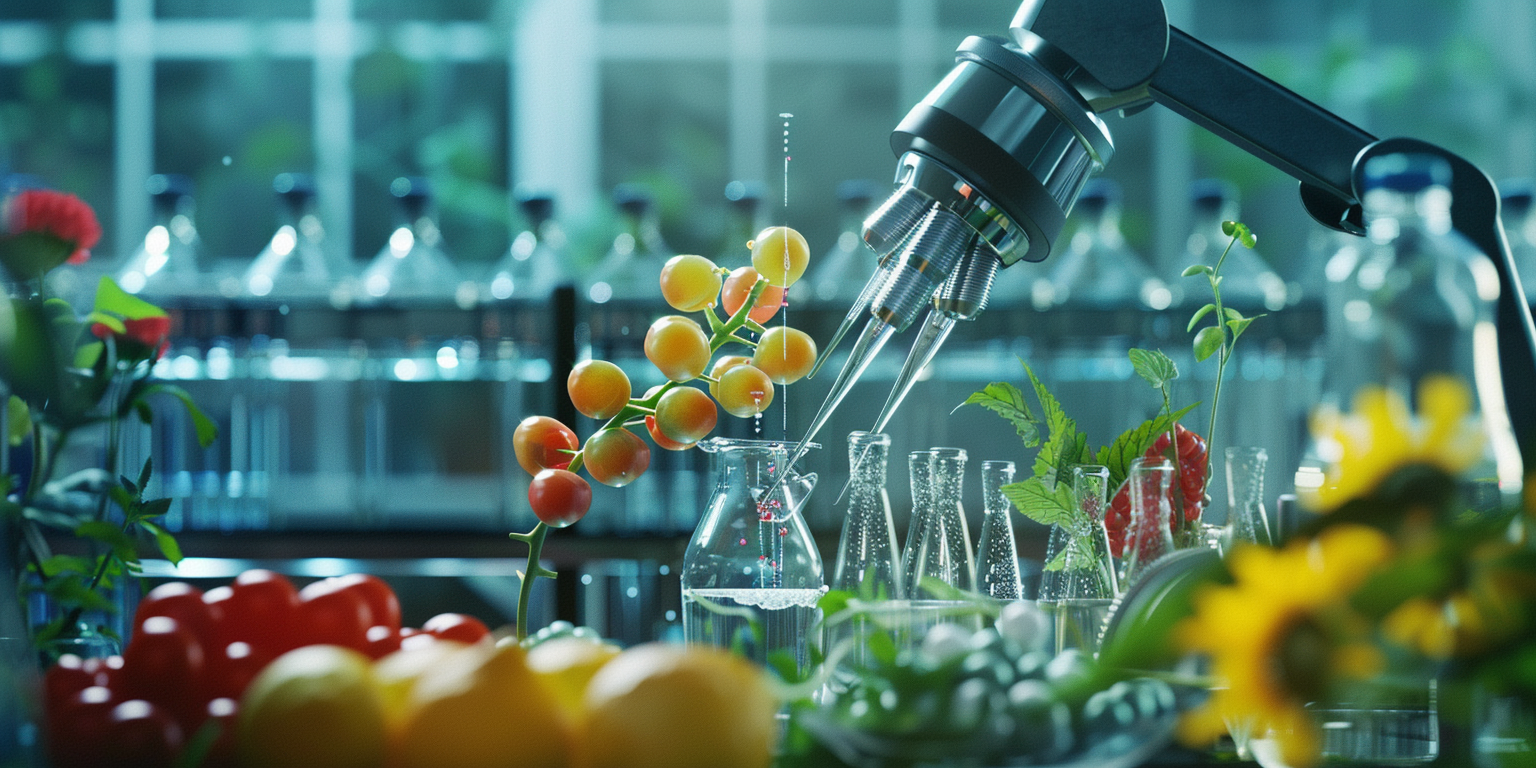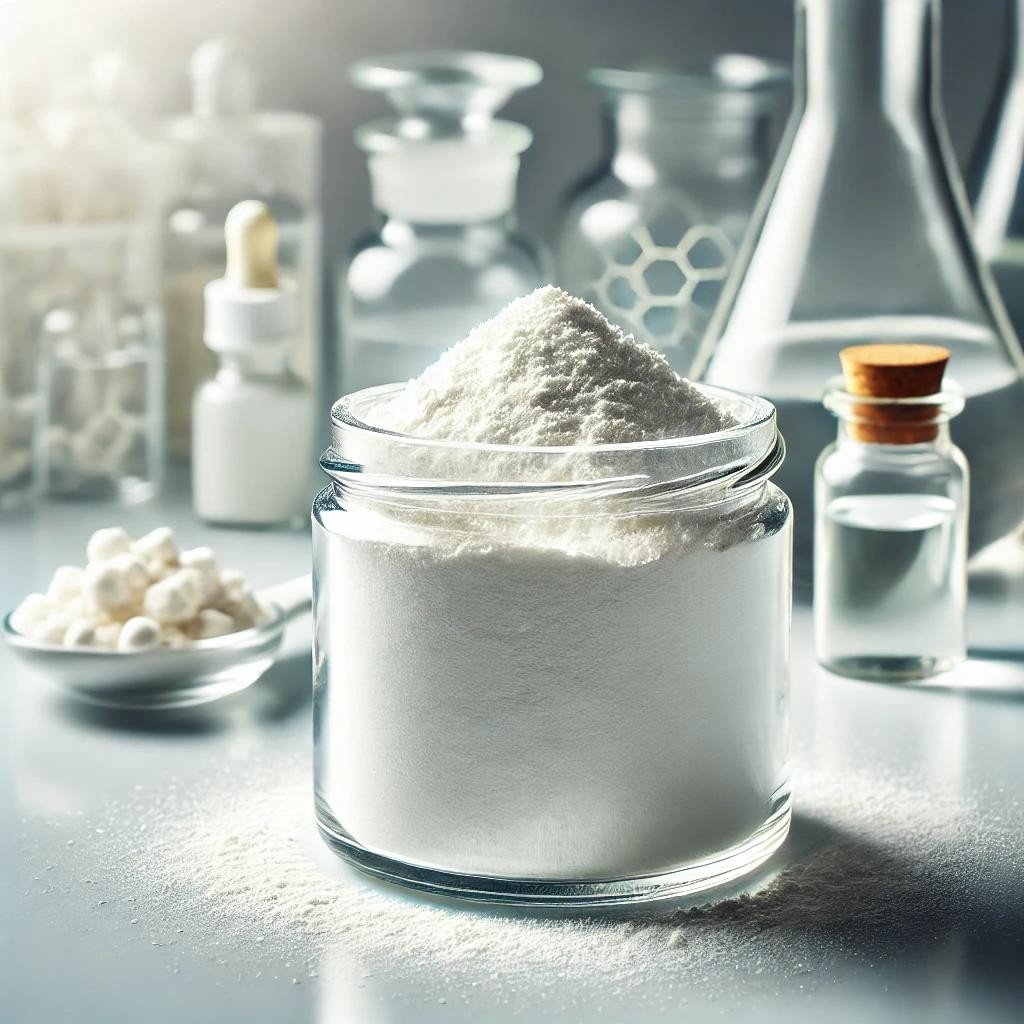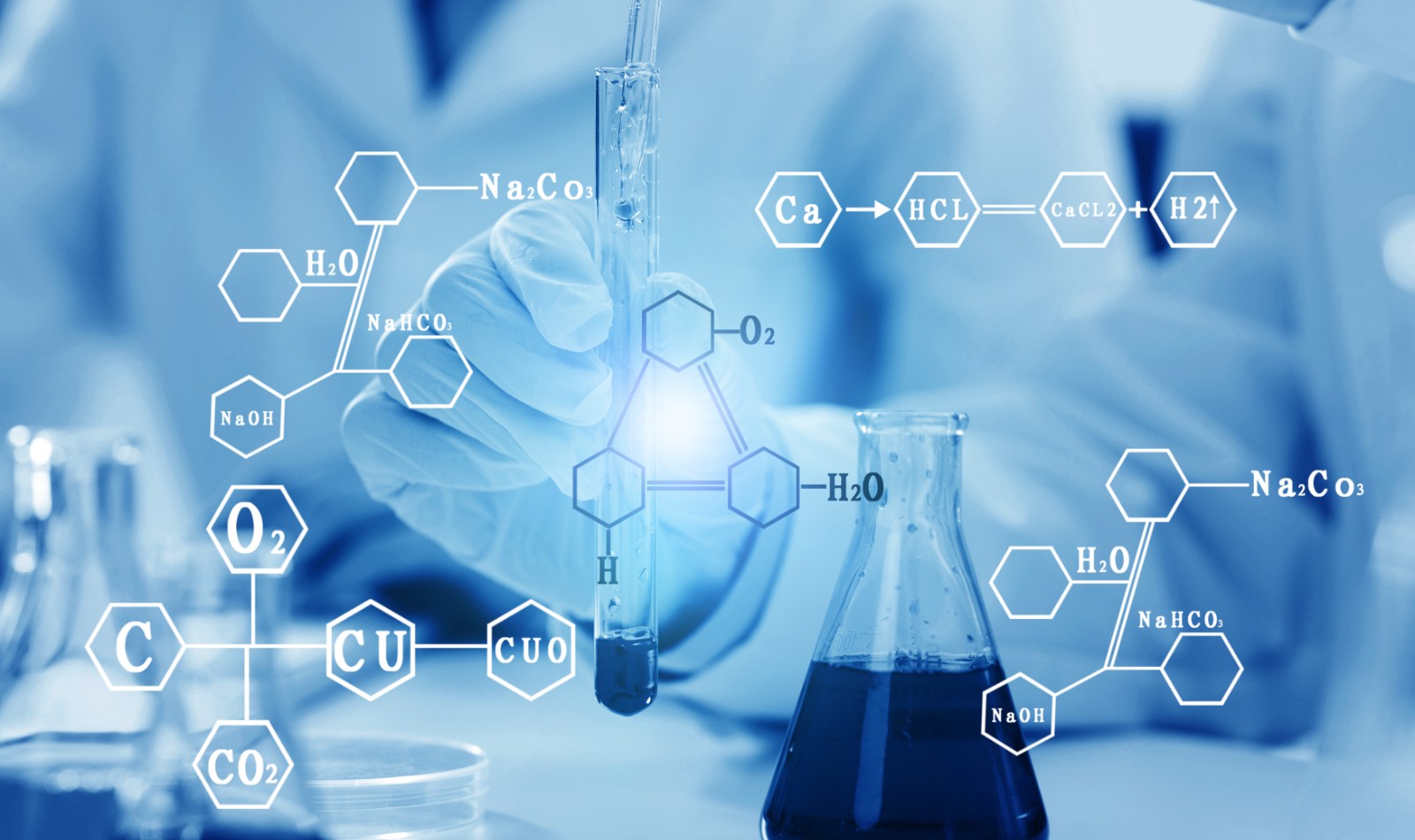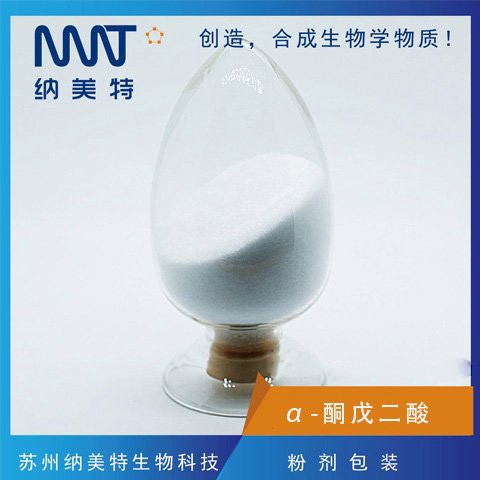Fruit color is an important basis for fresh food consumption and also an important factor affecting the quality of wine. Anthocyanins, as an important water-soluble pigment of plants in nature, are a flavonoid compound formed by the combination of anthocyanins and sugars with glycosidic bond. They generally exist in flowers, leaves, stems, fruits and root organs of plants. They are transported into vacuoles through synthesis in the cytoplasm and endoplasmic reticulum membrane of cells, making the surface of fruits show red, purple red to blue and other colors.
Studies have shown that anthocyanins in fruit peels can enhance plant resistance to photooxidation and disease. Regular consumption of anthocyanins is also beneficial for human health and has good antioxidant, anti-aging, and anti-cancer effects. Phenylalanine AmmoniaLvase (PAL) is an inducible enzyme that is influenced by various external factors. Through transcriptional synthesis, it can catalyze the biosynthesis of anthocyanins and is a key enzyme in the initial reaction of grape anthocyanin biosynthesis pathway. By regulating the activity of PAL, some scholars believe that PAL can promote the formation and accumulation of anthocyanins in plants such as morning glory, thereby effectively changing the flower color of petunias.
5-aminolevulinicacid, 5-ALA, as a physiological active substance present in natural animals, plants, and microorganisms, is closely related to life activities. Some studies have pointed out that 5-ALA treatment can promote Photosynthetic efficiency of plant leaves, improve crop yield and quality, regulate plant growth and development, and is regarded as a plant growth regulator. Xie Li's research on the mechanism of ALA induced anthocyanin accumulation in grape and apple peel showed that ALA treatment could significantly increase the soluble sugar content of grape fruit, reduce the content of titratable acid, and a certain concentration of ALA could significantly increase the anthocyanin content of grape peel. Xinjiang has abundant light and heat resources, making it an advantageous region for grape cultivation.
Experimental data indicates that
2.1 Effects of 5-ALA Treatment on the Content of Soluble Sugar, titratable acid and Sugar Acid Ratio in Grape Pulp
Figure 1 and Figure 2 show the changes of soluble sugar and titratable acid content in grape fruit when fully mature after treatment with different concentrations of 5-ALA. It can be seen from these two figures that different concentrations of 5-ALA can increase the soluble sugar content of the fruit in different degrees, and reduce the titratable acid content at the same time. From Figure 1, it can be seen that after different concentrations of 5-ALA treatment, the soluble sugar content in the fruits of the two varieties was significantly higher than that of the control treatment. The 100mg/L 5-ALA treatment performed the best and was significantly higher than the control, with Kreisen seedless reaching 20.23% and Red Earth reaching 14.93%.
At the same time, Fig. 2 shows that the content of titratable acid in the fruits of two grape varieties treated with all concentrations of 5-ALA is significantly lower than that of the control. Although the difference is smaller than the sugar change, it can also be seen that the effect of 100mg/L 5-ALA treatment is the most significant. The total acidity of the flesh of Clarison seedless grape is 0.16%, and that of Red Globe is 0.15%.
Combined with Figures 1 and 2, it can be seen from Figure 3 that the titratable acid decreased due to the increase of soluble sugar content. The sugar acid ratio of the fruit was increased to varying degrees by the three concentrations of 5-ALA. The average growth rate of Clarison seedless grapes was 41.83%, and the average growth rate of Red Globe grapes was 42.54%.
2.2 Effect of 5-ALA treatment on PAL activity changes in grape peel
From Figure 4, it can be seen that after treatment with different concentrations of 5-ALA, the activity of PAL in the peel of the two grape varieties was significantly higher than that of the control. Similarly, the promotion effect of 100mg/L 5-ALA treatment was the best, with Kreisen seedless reaching 134U/g FW, Red Earth reaching 126U/g FW, and the difference between 50mg/L and 150mg/L 5-ALA treatment was relatively small.
2.3 Effect of 5-ALA treatment on changes in anthocyanin content in grape peel
From Figure 5, it can be seen that different concentrations of ALA treatment have different promoting effects on the increase of anthocyanin content in grape peel. After treatment with different concentrations of ALA, the anthocyanin content of the two grape varieties significantly increased when their fruits were fully ripe, significantly higher than the control treatment. Among them, the promotion effect of 100mg/L ALA treatment was the most significant. The anthocyanin content in the peel of Clarisson seedless grapes reached 35.3U/g FW, and the Red Globe reached 30.4U/g FW. There was no significant difference between 50mg/L and 150mg/L ALA treatments.
2.4 Correlation analysis of anthocyanins in fruit peel and their synthesis related PAL enzyme activity, pulp sugar, and acid content
SPSS16.0 was used to analyze the linear correlation between anthocyanins in the pericarp of Crayson Seedless and Red Globe grapes treated with 100mg/L 5-ALA and their PAL activity, soluble sugar in pulp, and titratable acid content. The results showed that anthocyanins in the pericarp of Crayson Seedless and Red Globe grapes had a significant positive correlation with sugar accumulation in pulp, and a significant negative correlation with acid content in pulp. The accumulation of anthocyanins in the peel of both varieties and their synthesis related PAL activity reached significant levels. The correlation coefficients are shown in Table 1.
Analysis and Summary
The skin color is an important indicator of the commercial value of fresh grape fruits, and also an important quality indicator of wine grape fruits. Numerous studies have shown that the content of anthocyanins and the composition ratios of different anthocyanins are the main factors contributing to the appearance of different colors in grape berries and wine. The synthesis of anthocyanins is closely related to the content of soluble sugar and titratable acid. Anthocyanin molecules are composed of sugars and anthocyanins. Sugar is not only a key precursor for anthocyanin synthesis, but also serves as a signaling mechanism to promote anthocyanin synthesis. Cao Xiongjun et al. found in their study on the relationship between fruit coloring and sugar content of Eurasian grape varieties, such as Ruby seedless and Red Earth, that as the fruit continues to develop, the correlation between anthocyanin content in grape peel and sugar accumulation in grape flesh reaches a very significant level, and there is a very significant negative correlation with acid content in grape flesh. This conclusion is consistent with the results of this experiment.
The expression of PAL gene is influenced by various types of exogenous plant hormones. Wang Zhonghua et al. studied the promoting effect of spraying ALA during the coloring period of apple fruit on the formation of anthocyanins in apple peel. They found that after ALA treatment, the content of soluble solids in the fruit significantly increased, and the acidity significantly decreased. Within 36 hours of light exposure, the activity of PAL in the peel showed a trend of first increasing and then decreasing, And the accumulation of anthocyanins in apple peel significantly increased under in vitro conditions. Some scholars have proposed that not only can 5-ALA treatment promote the accumulation of anthocyanins in the peel of "Fuji" apples, but ALA biosynthesis precursor glutamate can also significantly increase the content of anthocyanins. Therefore, 5-ALA treatment has a certain universality in improving fruit quality.
This study shows that exogenous ALA treatment with a certain concentration can significantly increase the anthocyanin content of grape pericarp and the activity of PAL enzyme related to synthesis, and increase the soluble sugar content of fruit. The content of titratable acid decreases accordingly, and the sugar acid ratio increases significantly, improving the quality of grape fruit, which has a good role in promoting the coloring of grape fruit.




